10 Wild Animals That Can Actually Be Domesticated
In the past, the idea of keeping wild animals as companions was often met with skepticism and concern. However, as our understanding of animal behavior and welfare has evolved, so has our relationship with the animal kingdom. Today, nature lovers worldwide are discovering the joys and challenges of sharing their lives with creatures once considered too wild to domesticate. This shift is not merely a trend but a testament to the growing recognition of the complex emotional lives of animals and the potential for cross-species companionship. This article embarks on a journey into the astonishing world of the top 10 unexpected wild animals that have become beloved companions. Whether you're a seasoned animal enthusiast or simply curious about the untamed wonders of the world, this exploration promises to enlighten and inspire.
1. The Enigmatic Fennec Fox: A Desert Dweller's Charm
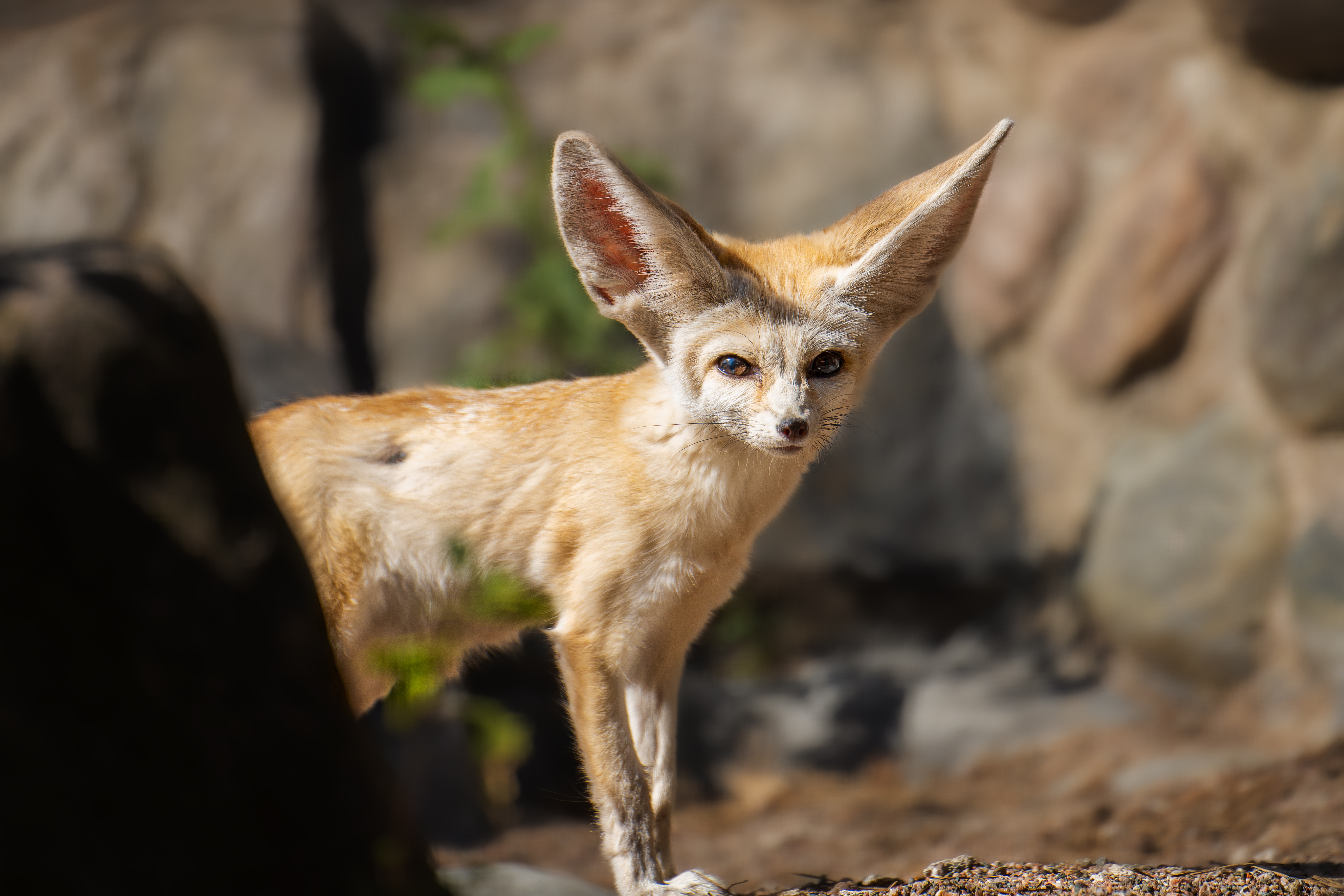
The fennec fox, with its oversized ears and diminutive stature, is a captivating creature native to the Sahara Desert. Known for its nocturnal habits and remarkable adaptability to harsh climates, the fennec fox thrives in environments that would challenge most other species. As a companion animal, the fennec fox presents both unique challenges and rewards. Its high energy levels and need for mental stimulation require a dedicated owner who can provide ample space for exploration and play. Despite their wild origins, fennec foxes can form deep bonds with their human companions. They are highly social animals, often exhibiting affectionate behaviors such as grooming and playing. However, potential owners must be prepared for their vocal nature and the need for specialized diets that replicate their natural intake of protein and fat. With the right care and environment, the fennec fox can be a delightful and engaging companion, offering a glimpse into the vibrant life of a desert dweller.
2. The Majestic Serval: Grace and Elegance in a Feline Companion
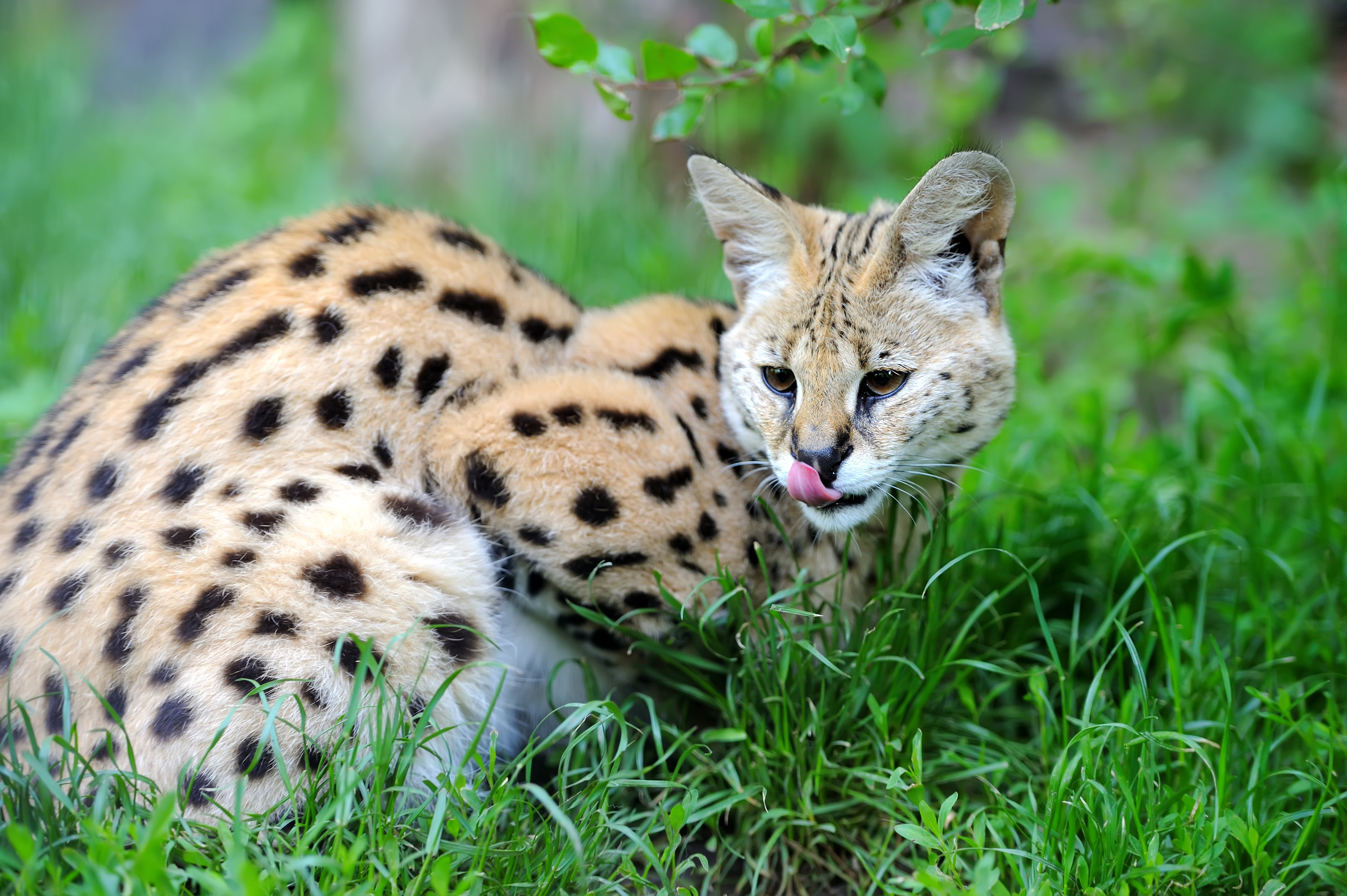
The serval, a medium-sized African wildcat, is renowned for its striking appearance and graceful movements. Its long legs and distinctive coat pattern make it a standout among the feline family. While servals are not traditional pets, they have captured the hearts of animal enthusiasts who appreciate their beauty and unique behaviors. Unlike domesticated cats, servals require large enclosures that mimic their natural habitat, complete with opportunities for climbing and hunting. Owning a serval demands a commitment to understanding its complex needs and behaviors. These cats are highly intelligent and can form strong bonds with their human caregivers, often seeking out interaction and play. However, they also retain their wild instincts, which means they are not suitable for every household. Potential owners must be prepared for the challenges of providing a suitable environment and the legal considerations associated with keeping a wild animal. For those who can meet these requirements, the serval offers a glimpse into the untamed elegance of the African savannah.
3. The Playful Raccoon: Mischief and Intelligence in a Masked Bandit

Raccoons, often seen as urban nuisances, have surprisingly become popular companions for those who appreciate their intelligence and playful nature. Known for their dexterous paws and curious demeanor, raccoons are adept problem solvers that thrive in environments that offer mental and physical stimulation. As companions, they require a safe and enriched environment that allows them to explore and satisfy their natural curiosity. Forming a bond with a raccoon requires patience and understanding, as these animals can be both independent and affectionate. They have a keen sense of smell and are highly food-motivated, which can be used to train and engage them in activities. However, potential owners must be aware of the challenges, including their nocturnal habits and the need for a varied diet. With the right care and attention, raccoons can be delightful companions that bring a touch of wild mischief into the home.
4. The Gentle Wallaby: A Hopping Marvel from Down Under
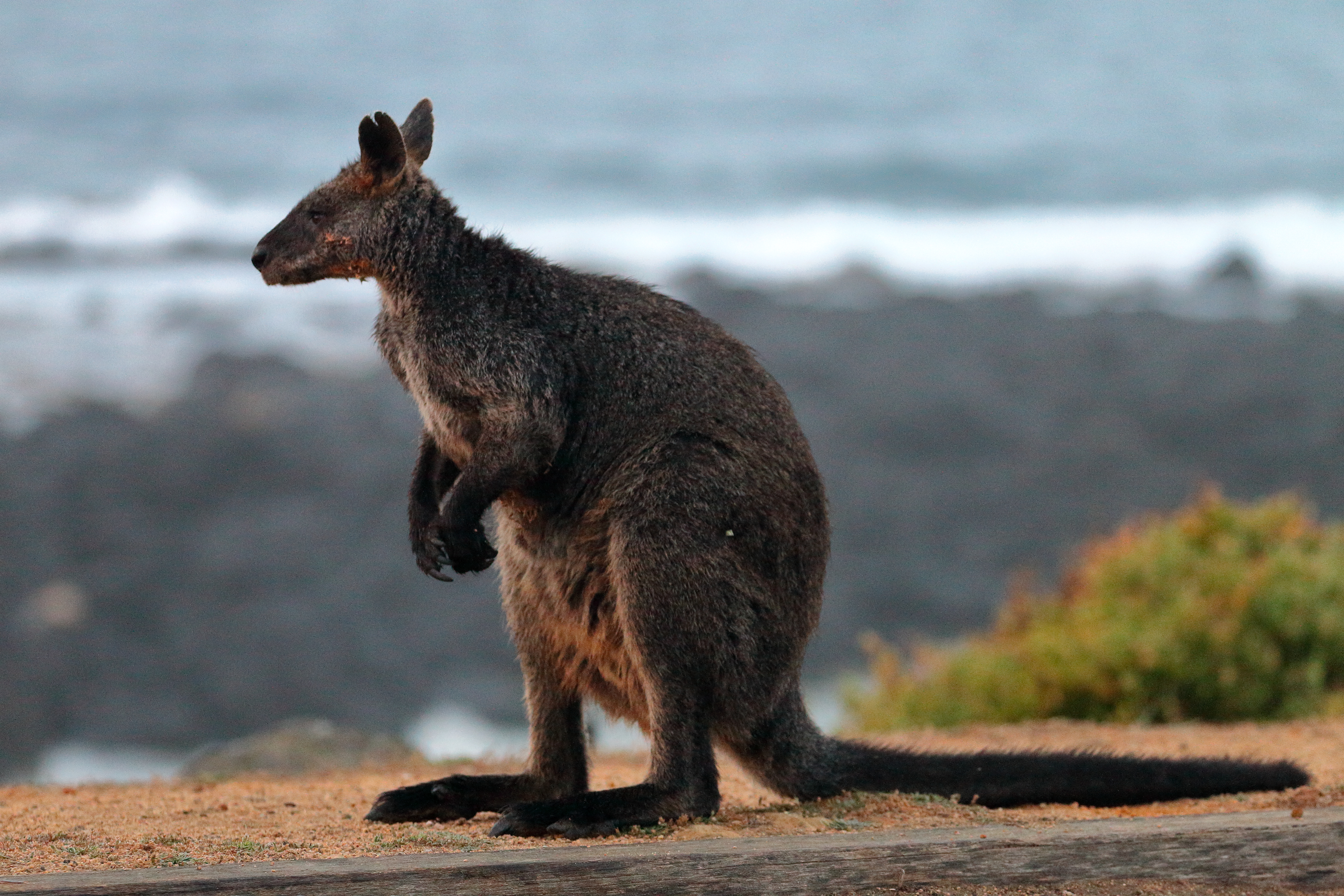
Wallabies, smaller relatives of kangaroos, are increasingly being embraced as companions by those fascinated by their unique biology and gentle nature. Native to Australia, these marsupials are known for their powerful hind legs and distinctive hopping gait. As companion animals, wallabies require large outdoor spaces that allow them to move freely and exhibit natural behaviors such as grazing and digging. Despite their wild origins, wallabies can form strong bonds with humans, often displaying affectionate behaviors such as grooming and following their caregivers. They are social animals that thrive in environments where they can interact with humans and other wallabies. However, potential owners must be prepared for the commitment of providing suitable habitat and the challenges of meeting their dietary needs. With the right care, wallabies can be charming and engaging companions that offer a unique glimpse into the wildlife of the Australian bush.
5. The Exotic Sugar Glider: A Nocturnal Acrobat with a Sweet Disposition
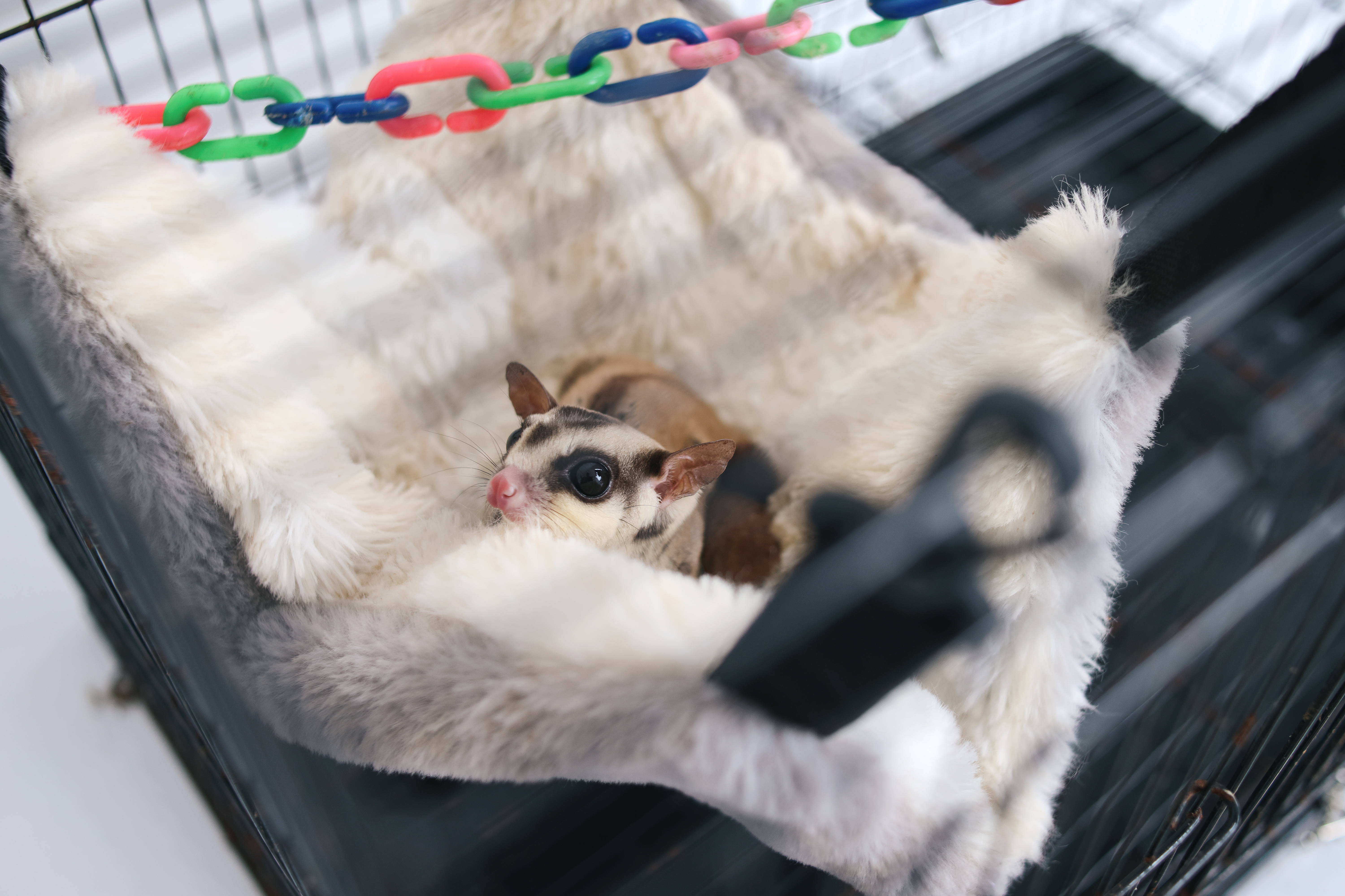
Sugar gliders, small marsupials native to Australia and New Guinea, have captured the hearts of animal lovers with their gliding abilities and social nature. These nocturnal creatures are known for their ability to glide through the air, using a membrane that stretches from their wrists to their ankles. As companions, sugar gliders require a spacious and enriched environment that allows them to climb and glide, as well as opportunities for social interaction. Forming a bond with a sugar glider requires patience and dedication, as they are highly social animals that thrive on interaction with both humans and other gliders. They communicate through various vocalizations and are known for their playful and curious nature. Potential owners must be prepared for the challenges of meeting their dietary needs, which include a mix of fruits, vegetables, and protein sources. With the right care and environment, sugar gliders can be delightful and engaging companions that bring a touch of the exotic into the home.
6. The Intelligent Crow: A Feathered Genius with a Fascinating Mind
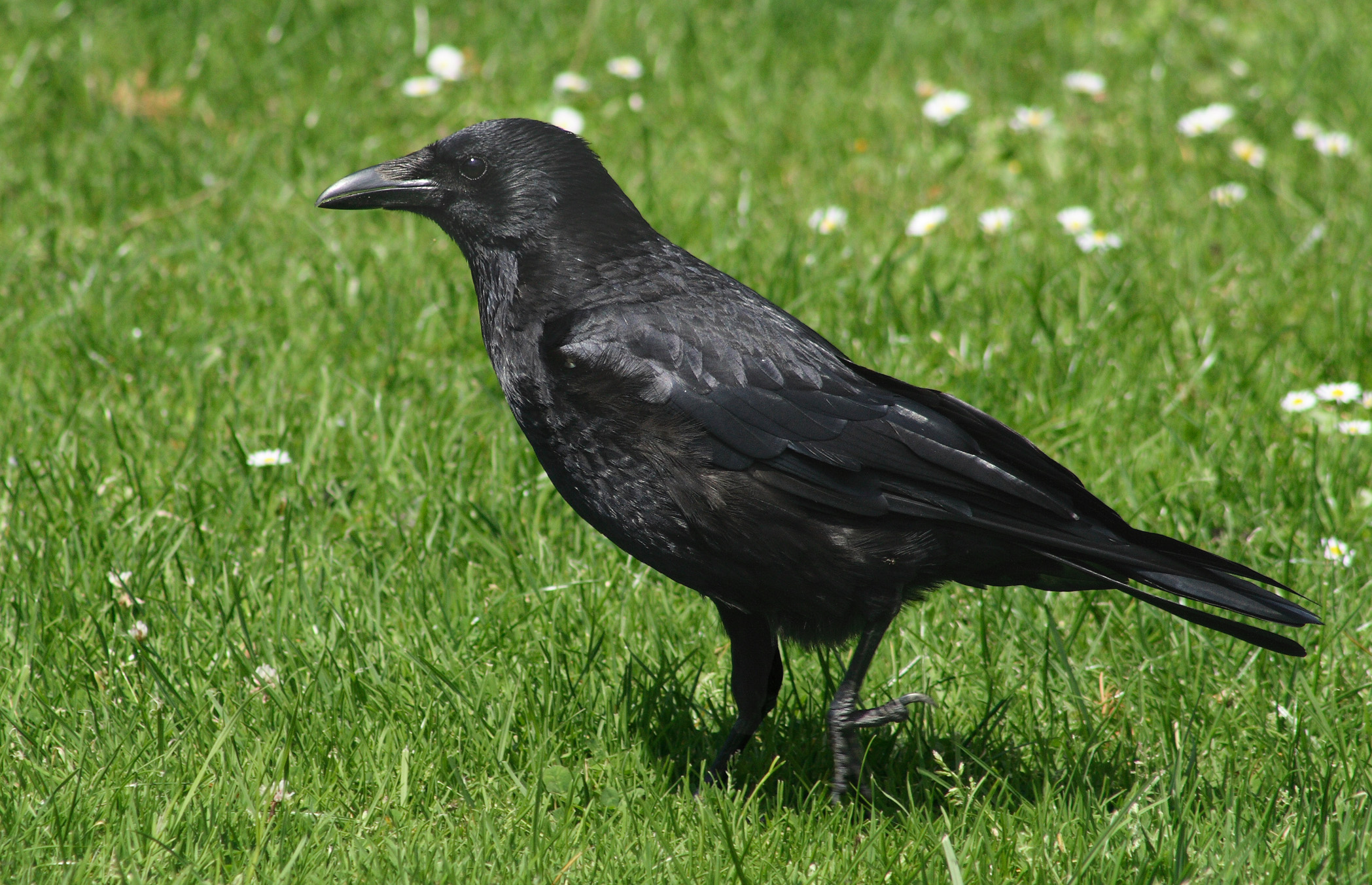
Crows, often associated with mystery and intelligence, have become intriguing companions for those who appreciate their cognitive abilities and social nature. Known for their problem-solving skills and complex communication, crows are highly intelligent birds that thrive in environments that offer mental stimulation and opportunities for interaction. As companions, they require a spacious environment that allows them to fly and explore and a varied diet that meets their nutritional needs. Forming a bond with a crow requires patience and understanding, as these birds are highly social and form strong bonds with their human caregivers. They are known for their playful and curious nature, often engaging in activities challenging their intelligence. Potential owners must be prepared for the challenges of providing a suitable environment and the legal considerations of keeping a wild bird. With the right care and attention, crows can be fascinating and engaging companions that offer a glimpse into the complex world of avian intelligence.
7. The Curious Skunk: A Surprisingly Affectionate Striped Companion
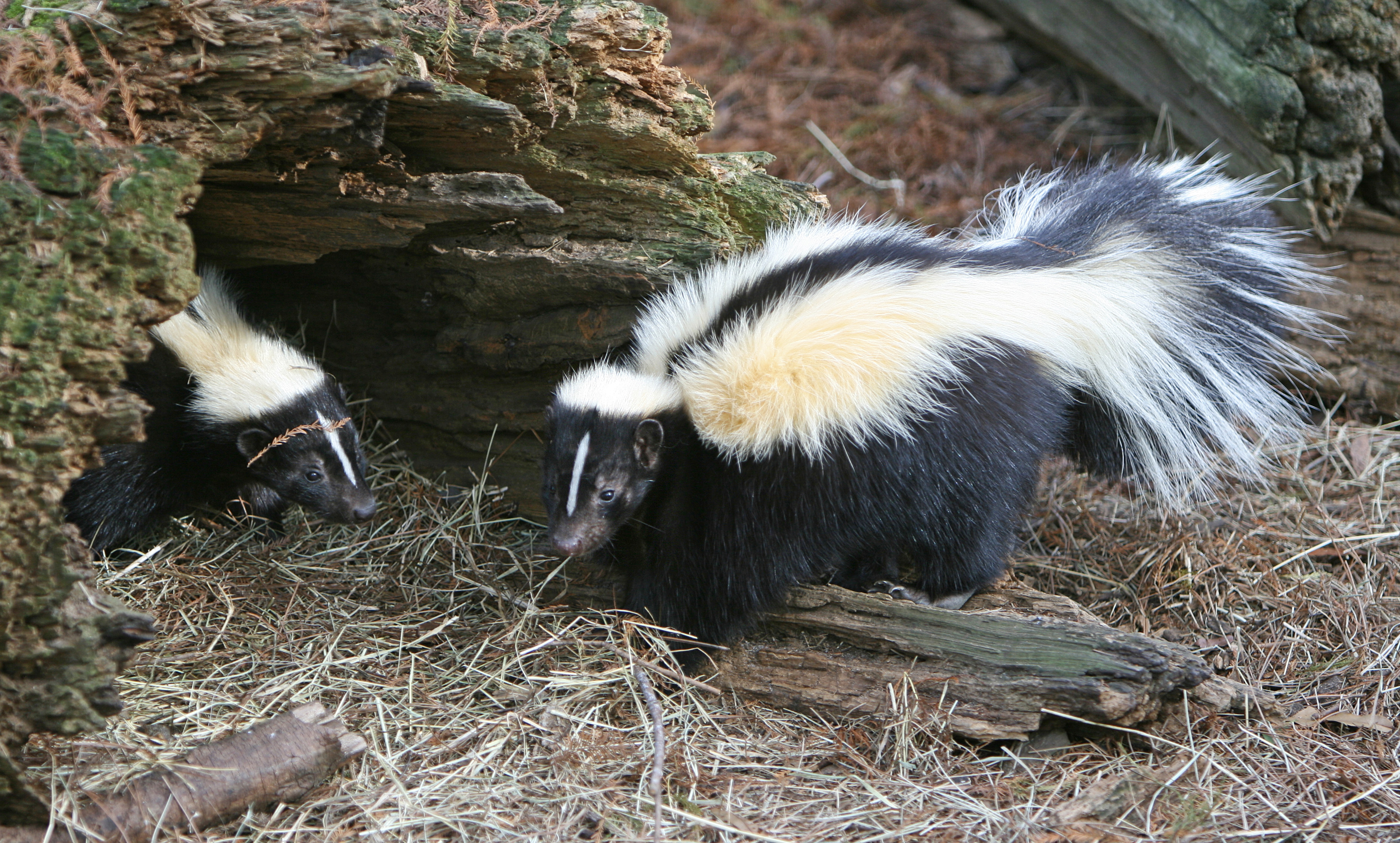
Skunks, often misunderstood due to their infamous defense mechanism, have surprisingly become cherished companions for those who appreciate their gentle nature and unique appearance. Known for their distinctive black and white stripes, skunks are intelligent and curious animals that thrive in environments with mental and physical stimulation. As companions, they require a safe and enriched environment that allows them to explore and satisfy their natural curiosity. Forming a bond with a skunk requires patience and understanding, as these animals can be both independent and affectionate. They have a keen sense of smell and are highly food-motivated, which can be used to train and engage them in activities. Potential owners must be prepared for the challenges of meeting their dietary needs and the legal considerations of keeping a wild animal. With the right care and attention, skunks can be delightful companions that bring a touch of wild charm into the home.
8. The Resilient Hedgehog: A Prickly Yet Lovable Creature
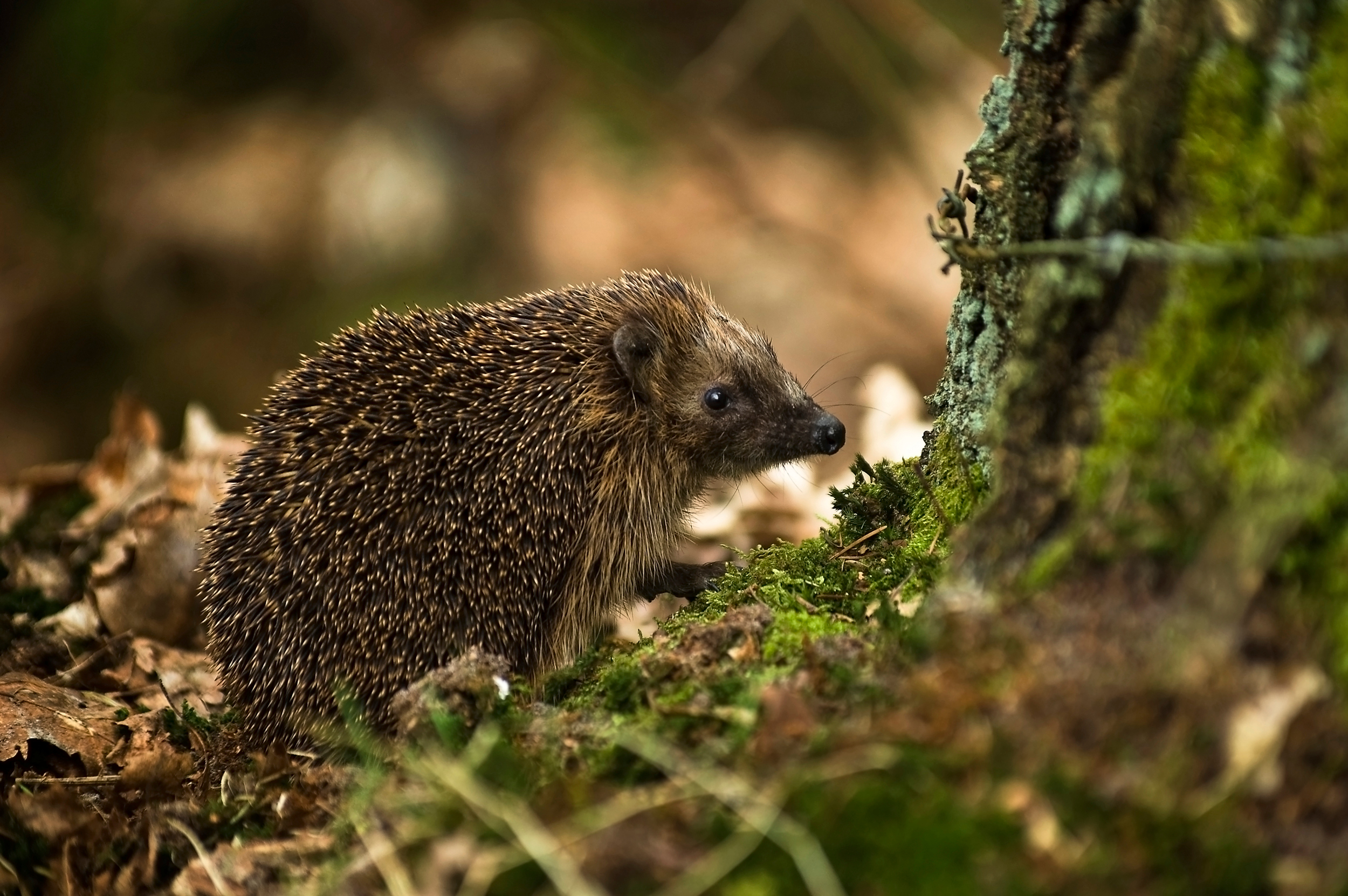
Hedgehogs, with their distinctive spines and endearing faces, have become popular companions for those who appreciate their unique appearance and gentle nature. These nocturnal creatures are known for their ability to roll into a tight ball as a defense mechanism, which has captured animal lovers' fascination. As companions, hedgehogs require a spacious and enriched environment to explore and exhibit natural behaviors such as foraging and burrowing. Forming a bond with a hedgehog requires patience and understanding, as they can be both independent and affectionate. They are known for their playful and curious nature, often engaging in activities challenging their intelligence. Potential owners must be prepared for the challenges of meeting their dietary needs, which include a mix of insects, fruits, and vegetables. With the right care and environment, hedgehogs can be delightful and engaging companions that bring a touch of the exotic into the home.
9. The Social Meerkat: A Community-Oriented Companion
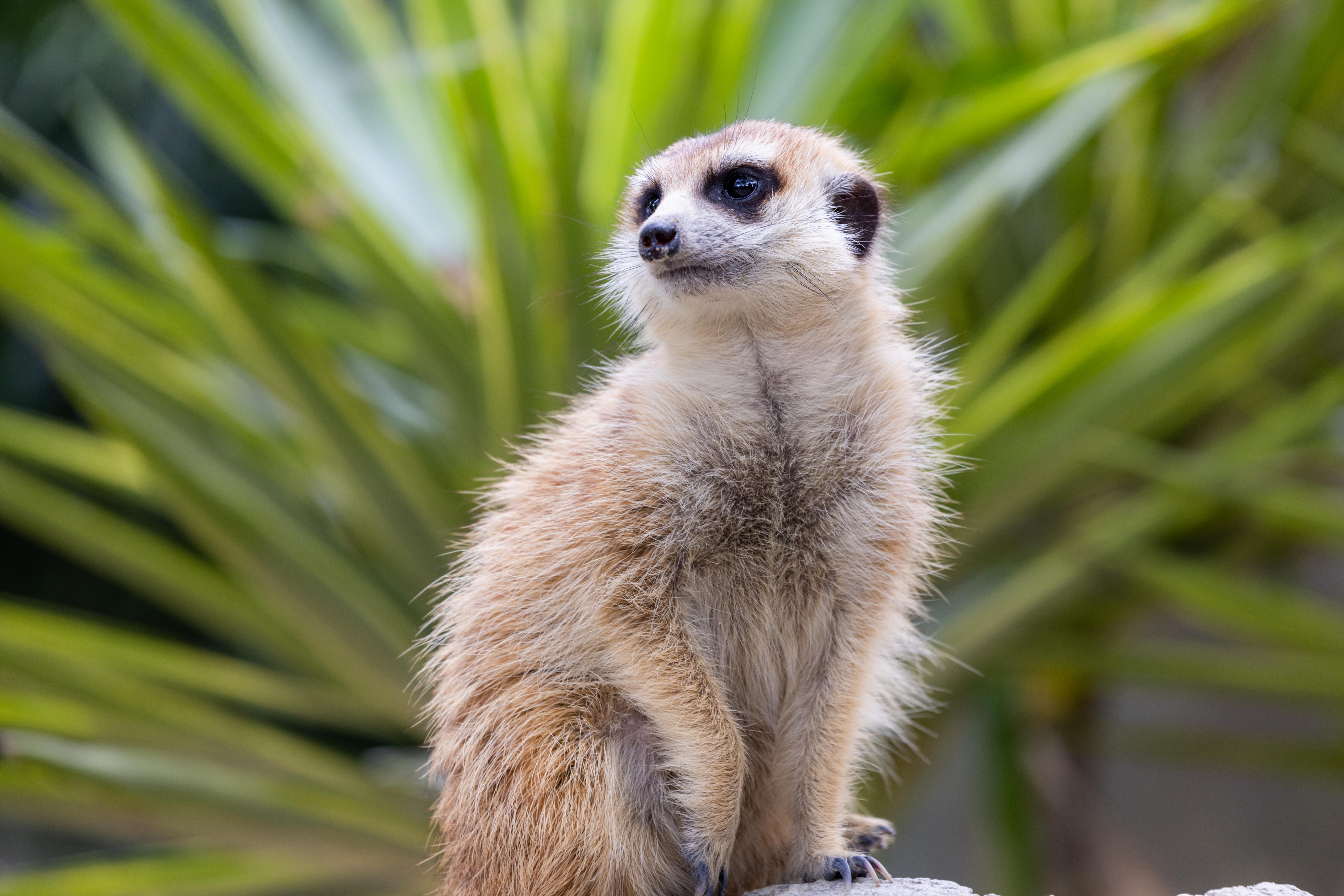
Meerkats, known for their upright stance and social nature, have become intriguing companions for those who appreciate their complex social behaviors and playful nature. Native to the deserts of southern Africa, meerkats are highly social animals that thrive in environments that offer mental and physical stimulation. As companions, they require a spacious and enriched environment that allows them to dig and explore and opportunities for social interaction. Forming a bond with a meerkat requires patience and dedication, as they are highly social animals that thrive on interaction with both humans and other meerkats. They communicate through a range of vocalizations and are known for their playful and curious nature. Potential owners must be prepared for the challenges of meeting their dietary needs, which include a mix of insects, fruits, and vegetables. With the right care and environment, meerkats can be fascinating and engaging companions that offer a glimpse into the complex world of social mammals.
10. The Adaptable Capybara: A Gentle Giant of the Rodent World
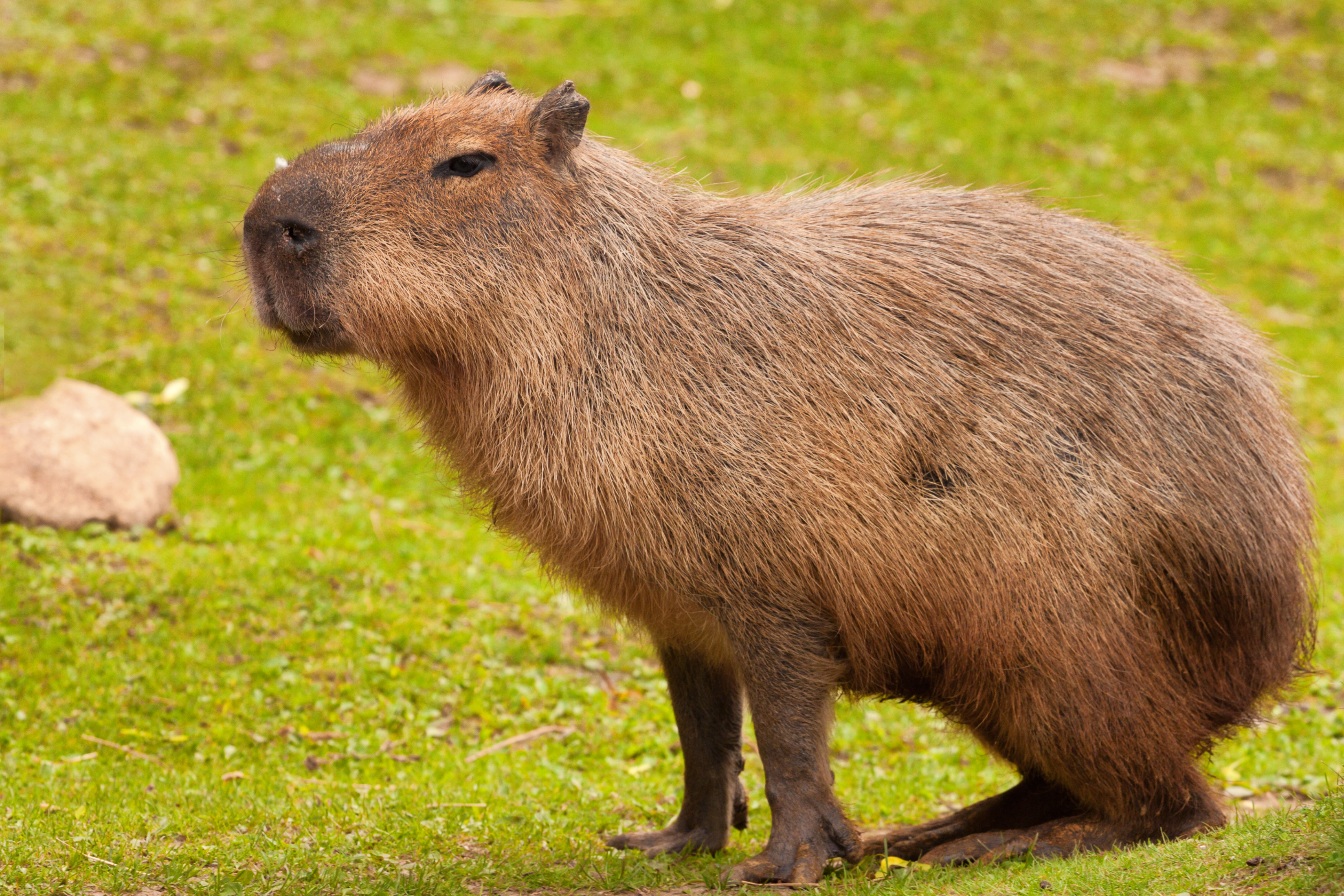
Capybaras, the largest rodents in the world, have become beloved companions for those who appreciate their gentle nature and unique appearance. Native to South America, these semi-aquatic creatures are known for their social behavior and adaptability to various environments. As companions, capybaras require a spacious and enriched environment that includes access to water for swimming and opportunities for social interaction. Forming a bond with a capybara requires patience and understanding, as they are highly social animals that thrive on interaction with both humans and other capybaras. They are known for their playful and curious nature, often engaging in activities challenging their intelligence. Potential owners must be prepared for the challenges of meeting their dietary needs, which include a diet rich in grasses and vegetables. With the right care and environment, capybaras can be delightful and engaging companions that bring a touch of the exotic into the home.
As we have explored, the world of unexpected wild animal companions is as diverse as fascinating. From the desert-dwelling fennec fox to the gentle capybara, these creatures challenge our perceptions of companionship and invite us to embrace the wild within our homes. Each animal brings unique characteristics and care requirements, demanding a commitment to understanding and meeting their needs. The rewards can be profound for those willing to embark on this journey. The bonds that form between humans and these remarkable creatures offer a glimpse into the complex emotional lives of animals and the potential for cross-species companionship. As we continue to explore and redefine our relationship with the animal kingdom, these unexpected companions remind us of the beauty and wonder of the natural world and our place within it.







